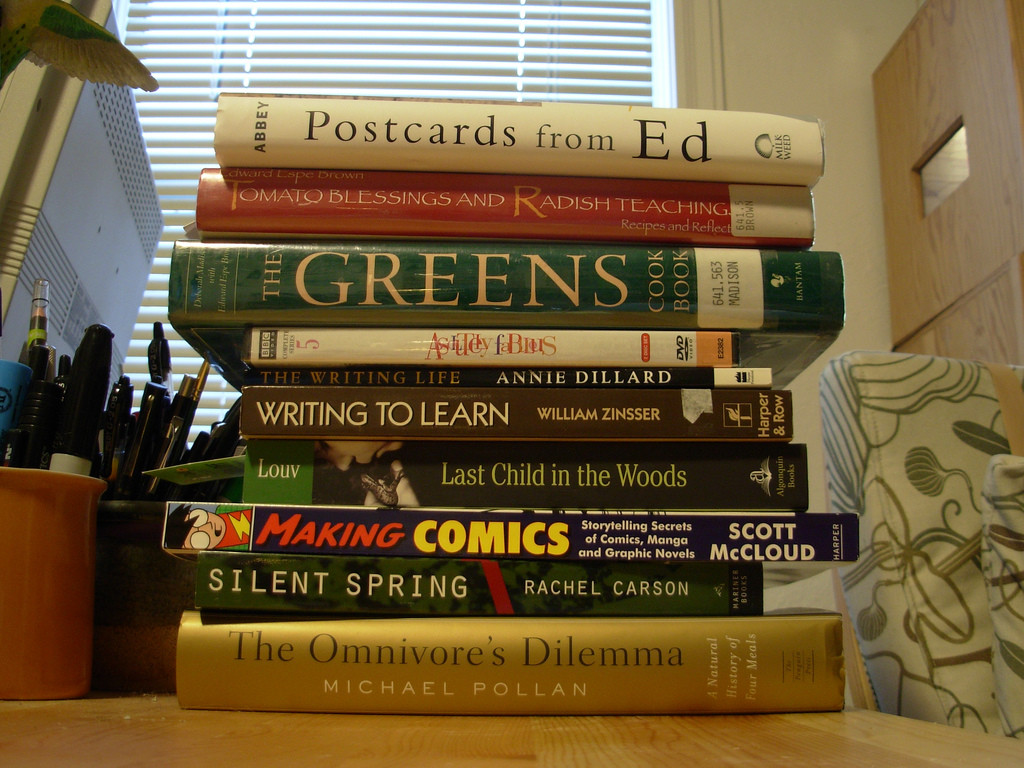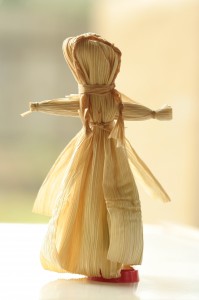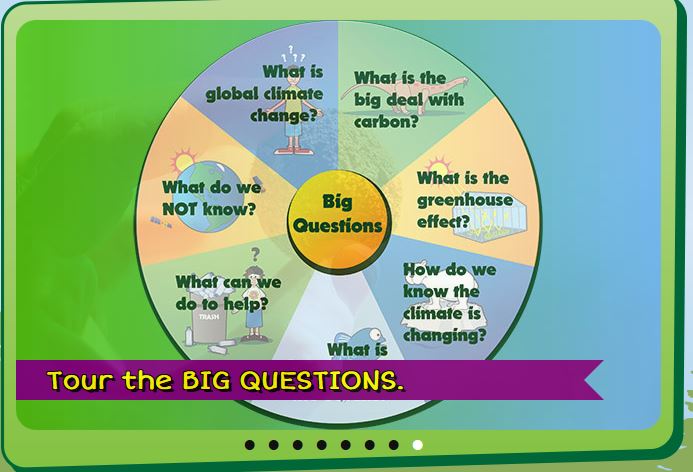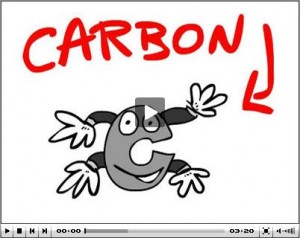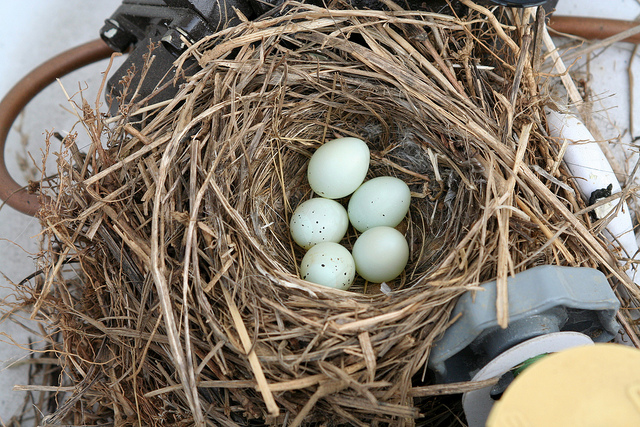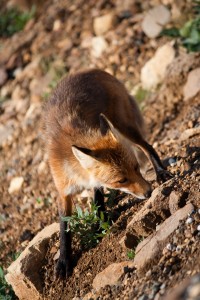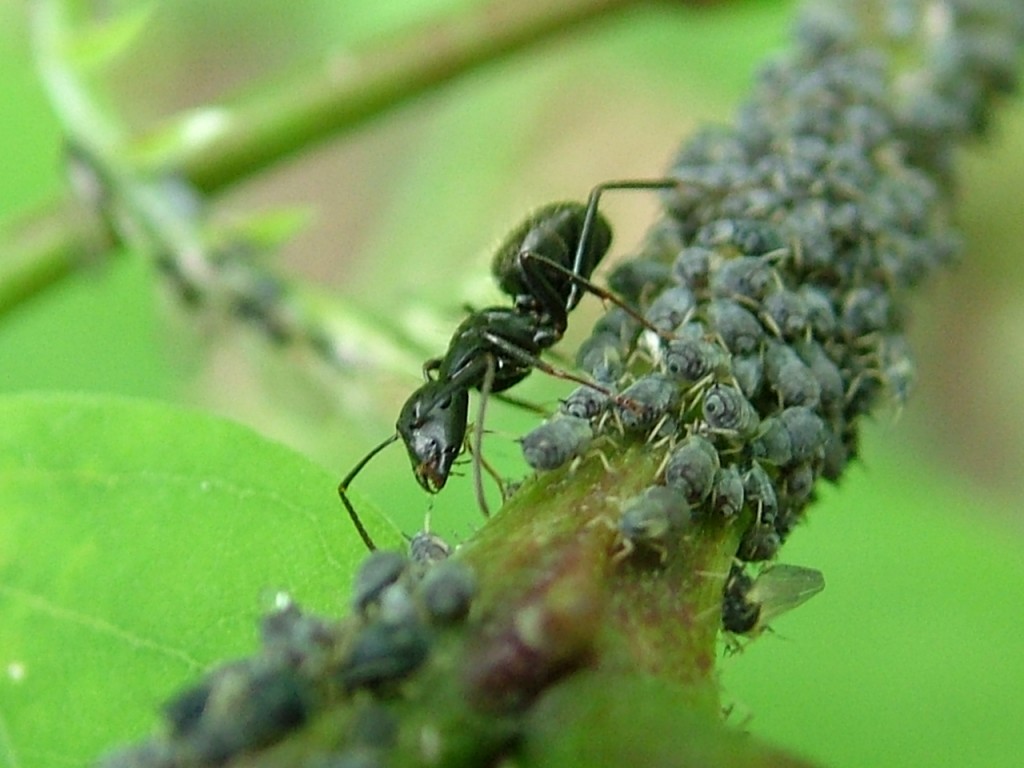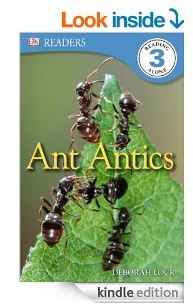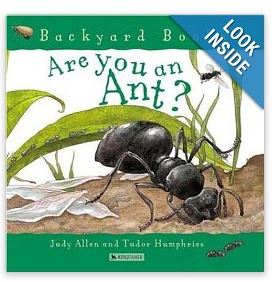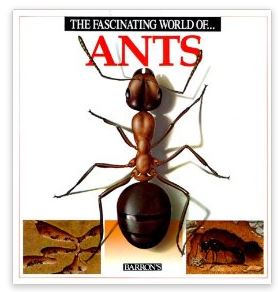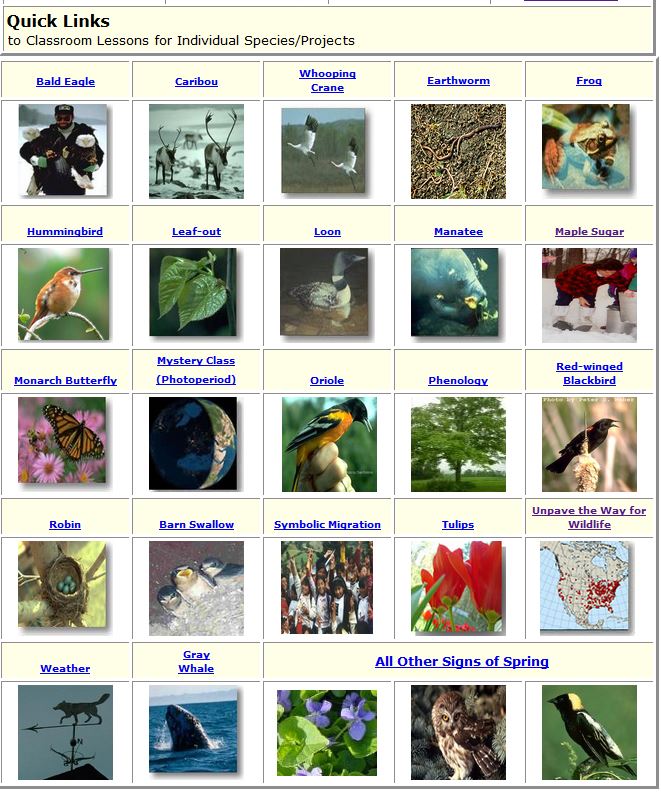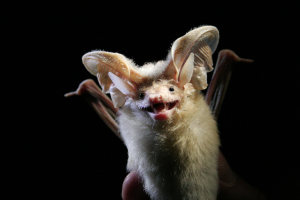10 Science and Nature Experiments to do While at Home
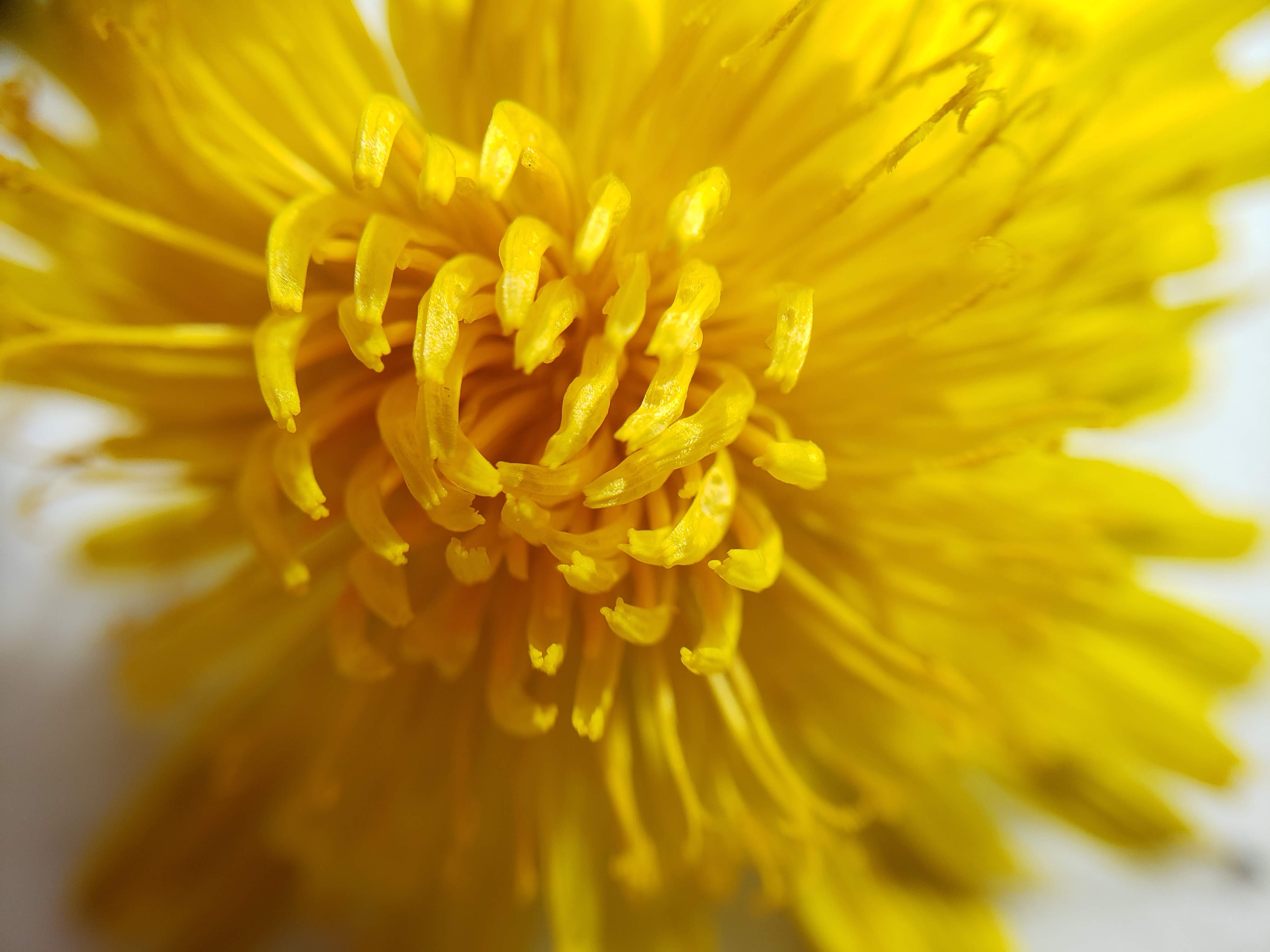
Finding Science Around Your Home
As I write I'm stuck inside, because of COVID 19, much like children and adults everywhere. Home schooling has become the norm, but mostly on the computer. As an outdoor educator I'm struggling to find nature myself (while limiting outside time), and also missing teaching students and visitors. So I decided to write about science and nature experiments that you can do at home.
What exactly is an experiment?
I love etymology, so let's look at the word "experiment". It comes from the Latin "experimentum", from "experiri" which means to try. When scientists get a hold of the word it becomes, "A scientific procedure undertaken to make a discovery, test a hypothesis, or demonstrate a known fact." That sounds dry and so unfun that you almost want to choke. When you're at home and working with kids, I like the words "try" or "discovery" best. However, for older students especially it's a good practice to make educated guesses. I think too much emphasis is put on younger students doing "real" science and not just exploring and understanding the foundations of their world first. But that's my soap box....
Let's get to the meat of science experiments of kids. Here is a list of experiments for today's blog:
- MICRO WORLD-Using clip-on lenses and smart phones to magnify nature
- KITCHEN SCIENCE-Using clip-on lenses and smart phones for kitchen science exploration
- NATURE OBSERVATION- Nature scavenger hunt walk & photo Journey
- SOUNDS- Soundscaping your home
- BOTANY- Seed sock walk
- BIRD SOUNDS-Bird sound identification (inside and out)
- ANIMAL BEHAVIOR- Studying ants & making ants (or termites) march in a circle
- ANATOMY- Human or animal anatomy chalk drawing
- BALANCE- Make a nature mobile from found objects
- SINKING AND FLOATING- Build a twig boat



